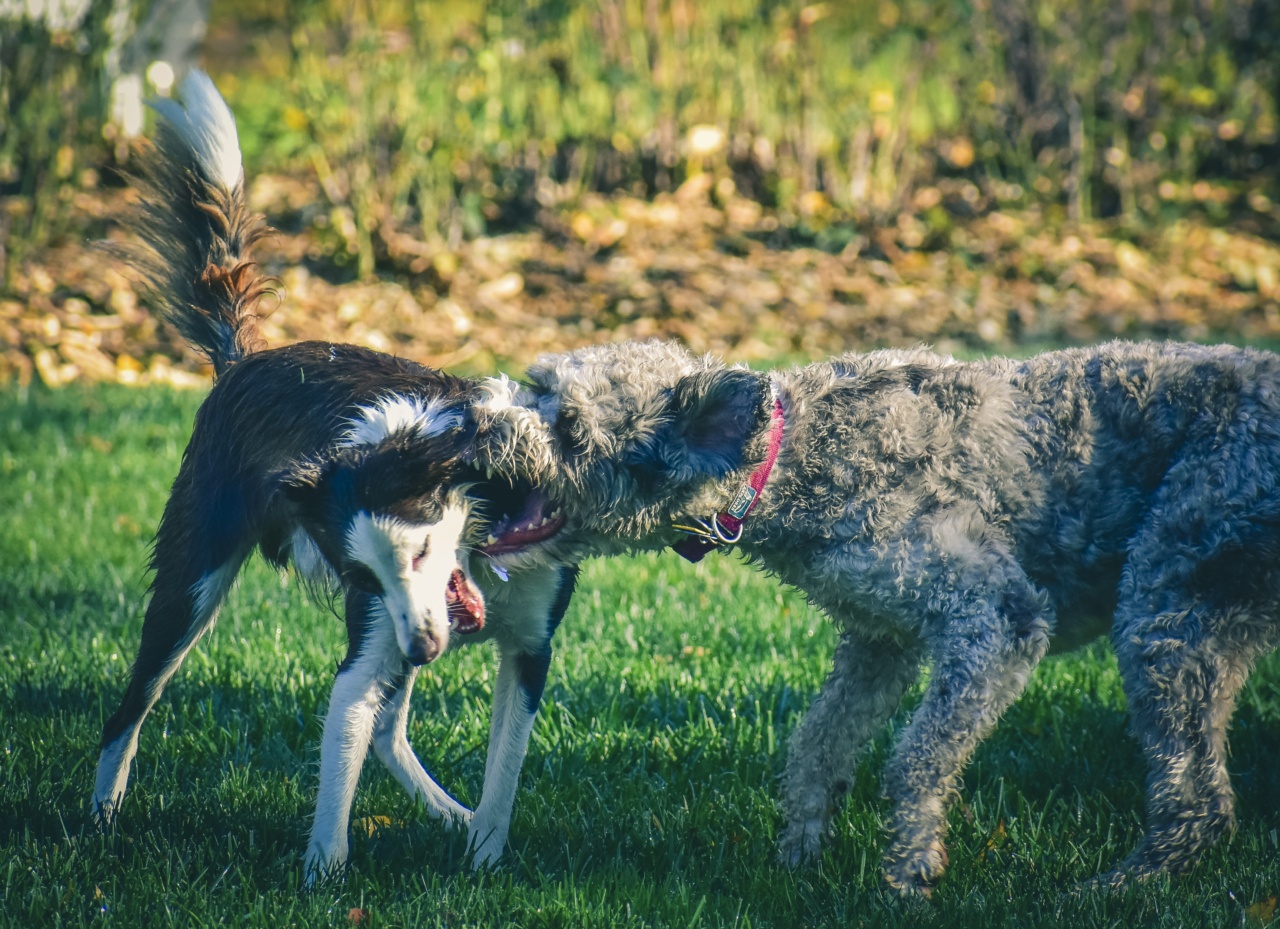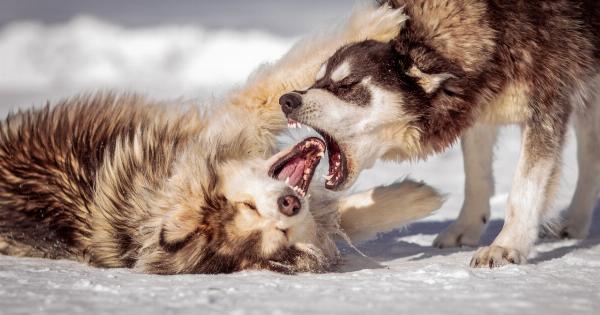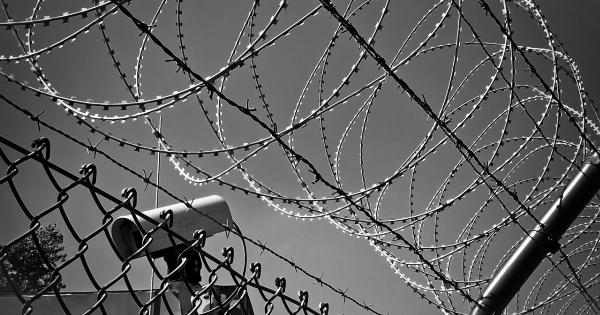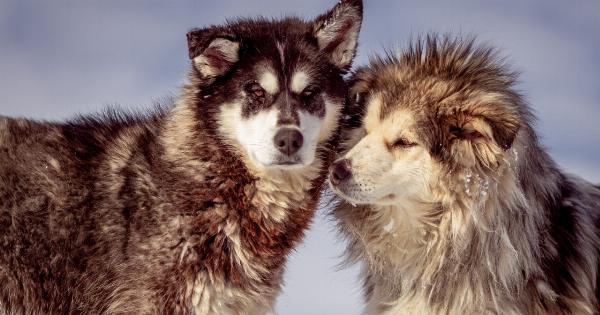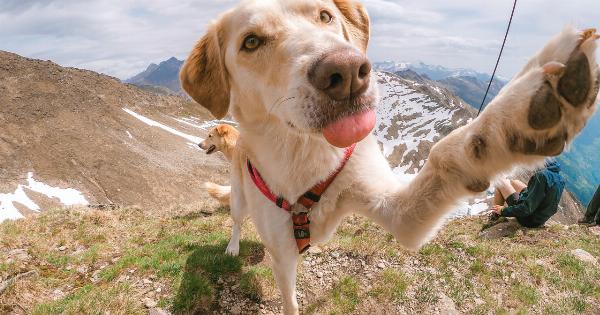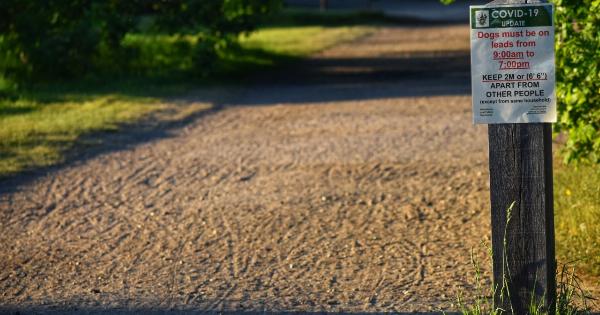It is essential for dog owners, as well as individuals who regularly encounter dogs, to understand the key reasons why dogs bite and attack.
Dogs are known to be loyal companions and generally friendly, but certain triggers or situations can lead them to exhibit aggressive behavior. By recognizing these factors, individuals can take necessary precautions to prevent dog bites and avoid potentially dangerous situations.
In this article, we will discuss the primary reasons behind dog bites and attacks, providing valuable insights into canine behavior and helping promote safer interactions with dogs.
1. Fear and Anxiety
Fear is one of the most common reasons why dogs bite or attack. When a dog feels threatened or frightened, it may resort to aggression as a defense mechanism.
This can occur in various situations, such as encountering unfamiliar people, being exposed to loud noises, or being cornered. It is essential to respect a dog’s personal space and make them feel safe to prevent fear-driven aggression.
2. Protective Instincts
Dogs are naturally protective of their territory, belongings, and loved ones. They may exhibit aggression when they perceive a threat to their pack, whether it’s their human family members, other pets, or even their food and toys.
Dogs should be trained from an early age to differentiate between real threats and everyday situations to avoid unnecessary aggression.
3. Lack of Socialization
Inadequate socialization during a dog’s critical developmental period can contribute to aggressive behavior later in life.
Puppies that do not receive proper exposure to diverse environments, people, or other animals may struggle with anxiety or fear, ultimately leading to aggressive tendencies when faced with unfamiliar situations. Early socialization is crucial to raising a well-adjusted and non-aggressive dog.
4. Pain or Illness
Dogs may resort to biting or attacking if they are in pain or feeling unwell. Similar to humans, dogs may become more irritable and defensive when they are experiencing discomfort.
It is important for dog owners to be attentive to any signs of pain or illness in their pets and seek appropriate veterinary care to prevent potential aggression.
5. Predatory Drives
Dogs have inherited predatory instincts that can sometimes come into play, leading to aggressive behavior. Sudden movements, fast-running objects, or small animals may trigger a dog’s prey drive, causing them to lunge, bite, or chase.
Responsible dog owners should be aware of their dog’s prey drive and take appropriate measures to prevent potential incidents.
6. Territorial Aggression
Some dogs are more inclined to display territorial aggression, especially when they perceive their living space or immediate surroundings as their territory.
Encountering strangers, delivery personnel, or even other dogs near their homes can trigger defensive behaviors. Proper training, positive reinforcement, and controlled introductions can help manage territorial aggression in dogs.
7. Lack of Training or Discipline
One of the most critical factors in preventing dog bites and attacks is proper training and discipline. Dogs that have not received adequate training or consistent discipline may be more prone to aggressive behaviors.
Basic obedience training, socialization exercises, and consistent reinforcement are essential elements in raising a well-behaved and non-aggressive dog.
8. Frustration and Provocation
Dogs, like any living beings, can experience frustration, and excessive frustration can lead to aggression. Provocations such as teasing, poking, or intimidating a dog may trigger aggressive responses.
It is crucial to teach children and adults alike the importance of respecting and understanding a dog’s boundaries to avoid escalating situations that can result in bites or attacks.
9. Previous Traumatic Experiences
Dogs that have previously experienced abuse, neglect, or traumatic incidents may exhibit aggressive behavior as a result of these past traumas.
Their trust in humans may be compromised, leading them to react protectively or defensively when they perceive a potential threat. Patience, understanding, and professional help can assist in rehabilitating dogs with a history of trauma.
10. Possessive or Food Aggression
Dogs may display aggression when it comes to their possessions, including food, toys, or even resting spots. This possessive behavior often stems from resource guarding instincts and can result in growling, snapping, or biting.
It is essential for dog owners to address possessive or food aggression through proper training, desensitization exercises, and positive reinforcement techniques.
